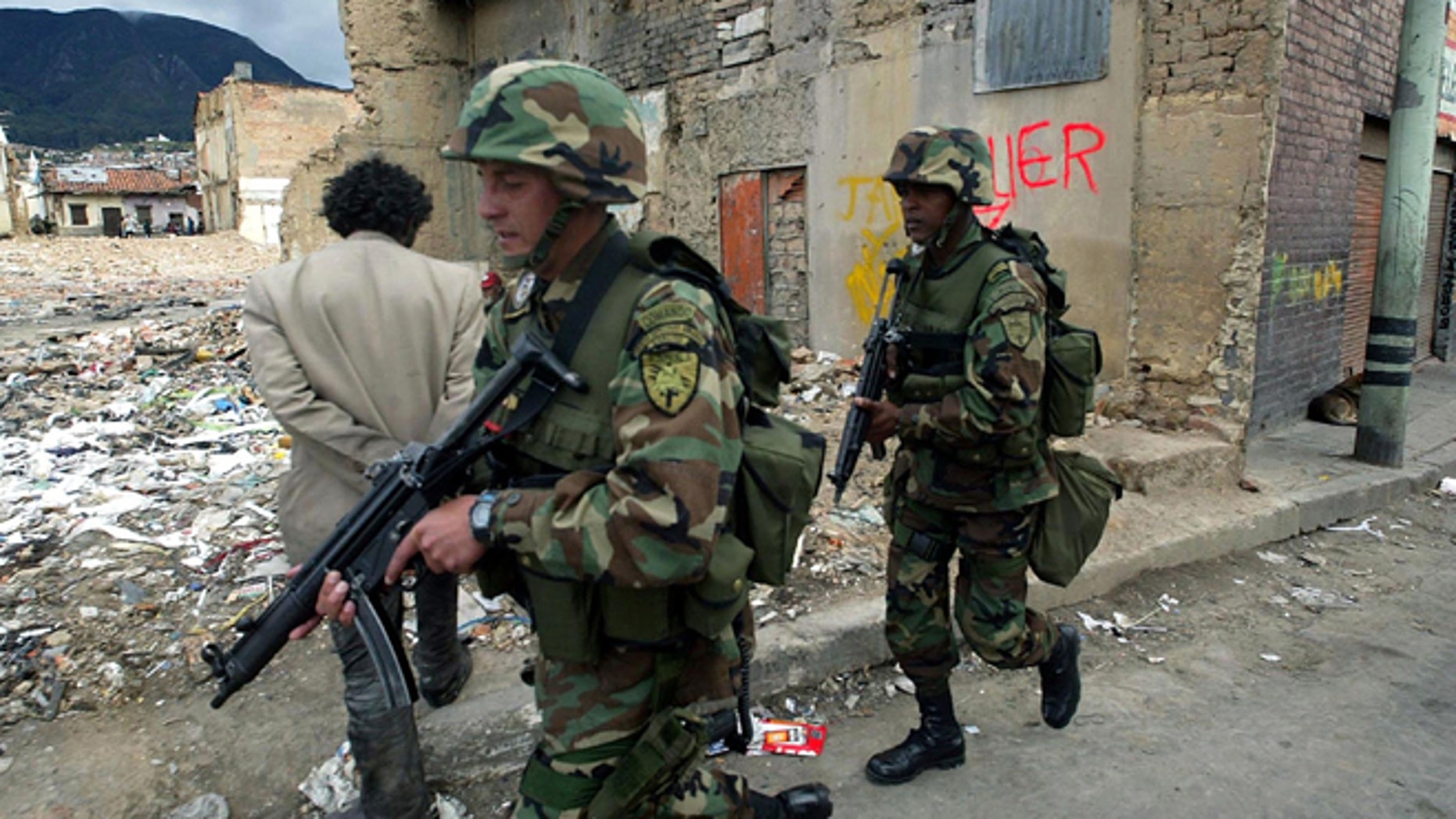

First, despite the 2016 peace agreement with the Revolutionary Armed Forces of Colombia (FARC), hostilities between the government and a number of non-state armed groups, including FARC dissidents, continue, and new victimizing acts are still being recorded in nearly all categories of existing registers. This is one reason why the numbers of forced disappearance in the Colombian armed conflict matter.īy comparison to Peru or Guatemala, the Colombian registers of conflict-related harms present two particularities.

Other work like the one carried out by Equitas in Colombia or Menos Días Aquí in Mexico reflect citizens’ counter-forensic power in the face of state incapacity or willful denial of this crime.Īt the same time, our understanding of both large-scale human rights violations and the transitional justice measures adopted to deal with them has been constructed through victims’ registers. Given the nature and magnitude of the crime of forced disappearance, civil society initiatives attempt to give victims their individuality back and families a means to memorialize them through embroidery, installations, documentaries, or transmedia projects. Numbers are often thought to hide the horror of armed conflicts by dehumanizing the victims. When we published an article last year with sociolegal scholar Lorena Vega, an editor drew our attention to the “truly shocking number” that 80,000 forced disappearances is “applied only to Colombia.” His disbelief was such that he asked me to clarify this number in a separate e-mail.


 0 kommentar(er)
0 kommentar(er)
